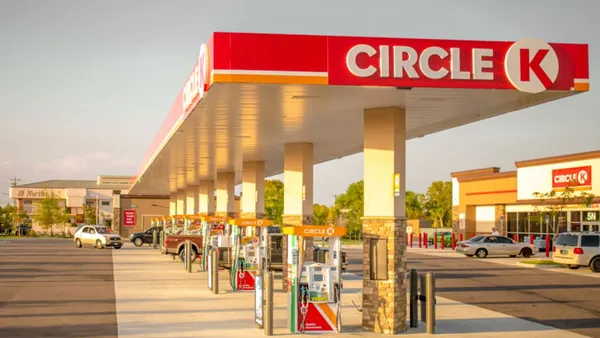Dive Brief:
-
Innovation has declined the most in food and drink versus other industries since 2007, Mintel said in a report. The market research firm said 26% of new products between January and May 2024 were genuinely new products compared to 50% in 2007.
-
Jonny Forsyth, Mintel’s director of food and drink, said much of the innovation during the past 20 years has come in e-commerce. He noted, however, that food and drink manufacturers have to cope with complex supply chains, low margins and temperature control when delivering fresh food and drink. This creates greater barriers to entry for new businesses compared to startups in beauty and personal care or household goods.
-
The findings come as consumers are cutting back on spending across many areas, including food and beverages, amid a prolonged period of inflation.
Dive Insight:
Mintel’s report found innovation in the CPG space struggling as a whole. About 35% of global CPG launches during the first five months of 2024 were genuinely new products, Mintel said in a report. The products span food, drink, household, health, beauty, personal care and pet care industries.
The market research firm said the percentage is the lowest it has recorded since it began tracking new products in 1996. Nearly two-thirds of launches this year are “renovation,” Mintel noted, or line extensions, reformulations, new packaging or relaunches of existing products.
The dearth of truly novel innovations could create long-term problems for the CPG sector. Mintel’s analysis showed that innovation “has been in short supply in recent years, and this innovation drought risks the future profitability, and potentially, even survival, of established CPG industry players.”
There is already evidence that the innovation slowdown is having an impact. Mintel noted that the lack of innovation — especially as big brands have pushed through price hikes in recent years — makes it easier for consumers to turn to private label options. In May, 31% of U.S. adults said they purchased more store brands during the past two months. The question, Mintel asked: “Will those consumers automatically return to big brands once they feel more financially confident?”
Food and beverage companies have publicly touted the value of innovation for their businesses. McCormick & Co.’s CEO said earlier this month that innovation “is a priority” for the spices and flavorings giant as it improves its product volumes.
In February, the head of Slim Jim maker Conagra Brands observed that the food space is seeing evidence that product volumes are starting to recover, with innovation playing a key role in helping attract more consumers back to frozen, snacks and other offerings.
Private label may not be the only beneficiary if innovation continues to lag in food and beverage. Consumers, most notably those looking for products that are new or that resonate with their own beliefs, could flock to other options. This would provide an opening for more nimble upstarts willing to take on risk and without the need to appease shareholders.
Further pressure could also come from retailers. With volumes in their stores slowing, store operators could put further pressure on companies to innovate to boost traffic and increase how much people put in their carts.
To be sure, success in innovation is far from a certainty, with the overwhelming majority of new products failing. With such low odds and the need to keep the larger revenue-generating brands thriving, there is less incentive for companies to throw large sums of cash behind innovation even if they recognize its long-term importance to their businesses.












